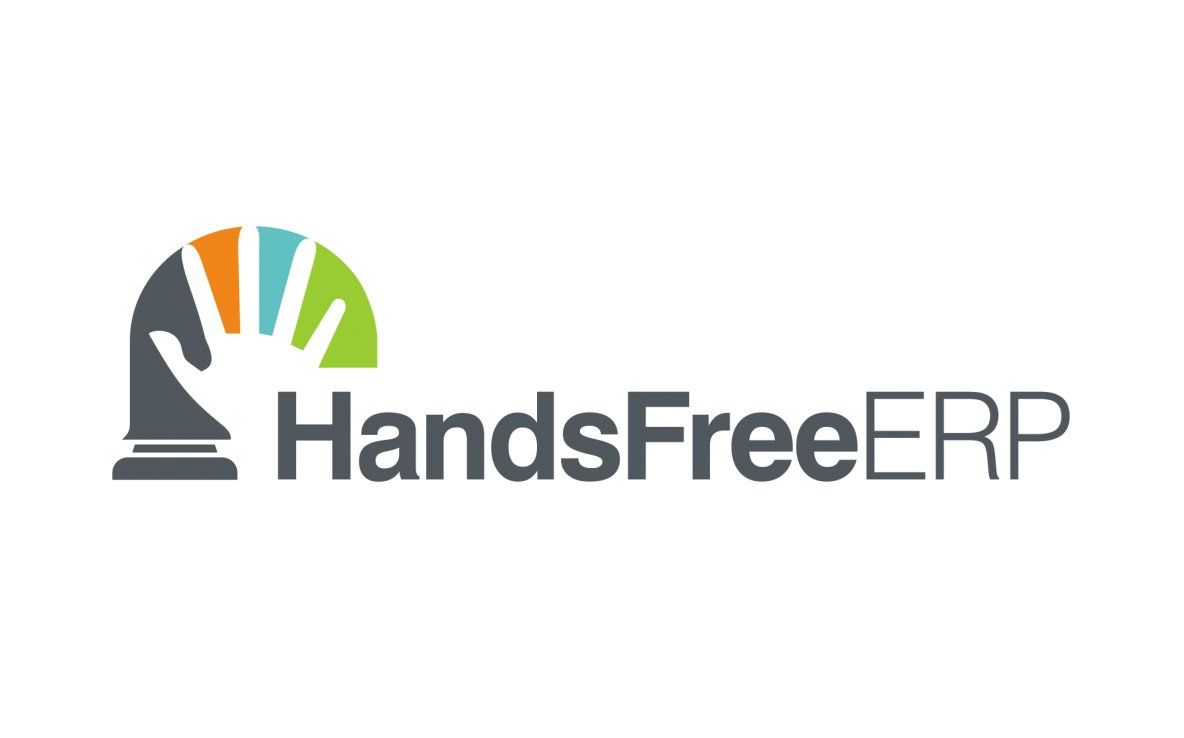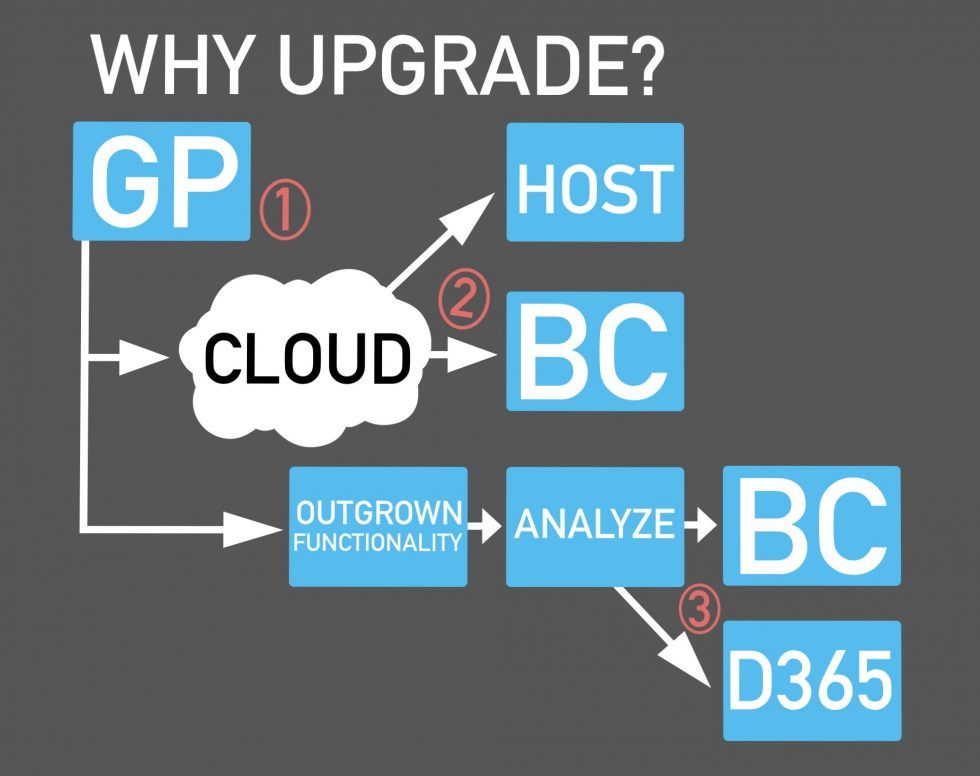The Hidden Cost of Cloud ERP Software

The latest application of technology to enterprise resource planning software (ERP) is the magic of the cloud. Sales and marketing literature touts a long list of benefits derived from moving ERP and related software from on-premises hardware to the cloud.
The point of this article is not to discuss the technical benefits of a move to the cloud. Instead, it is to examine a serious unintended consequence having a dramatic impact on ERP implementation projects.
Traditionally there is a high rate of failure for enterprise ERP software projects that are glossed over by software publishers and implementation partners.
A quick internet search will confirm that billion-dollar ERP implementation project failures do occur. That is billion with a B. As Lewis Black famously noted in another context, “what were they doing, building their own space program”?
It has long been my contention that ERP project success is based on three simple criteria: on-time, on-budget, and delivering promised functionality. There has never been a successful ERP implementation project, and cloud ERP licensing will add to the problem.
How can license policies possibly affect implementation quality? In short, subscription licensing, and the resulting loss of attractive perpetual license margins, means less money for partners to defray the high cost of selling and marketing ERP projects. This shift puts significant downward pressure on implementation quality and success.
My first exposure to cloud ERP licensing models immediately raised the specter of higher rates of challenged and failed projects. Anecdotal evidence and empirical data starting to leak out from the partner community supports this premise, but at a much higher rate than initially thought.
Let’s look at the most glaring problem first.
Enterprise ERP software is The sales are typically highly competitive, with multiple solutions and even different partners for the same solution competing over long and expensive sales cycles. This highly competitive, lengthy, and expensive sales process leads to the inevitable bad behavior when “closing” deals:
- Discounting to win deals against the competition
- Software publisher pressure to close deals by quarter or year-end to meet sales forecasts. This is often tied to the need to meet expectations that directly impact stock prices at a company level and sales performance-related bonuses at an individual level.
- Underestimated implementation budgets and the level of effort required to complete a project successfully.
- Exaggerated functional capabilities that are often expensive or impossible to achieve. For example, “Now you can run your company from your phone”!
In the on-premises ERP days, the high cost of sales was offset or fully funded by the margin associated with the initial software sale. Additionally, annual maintenance renewals also provided a source of income for partners that provided a nice base of consistent income for well-run partners.
The partner margins on cloud ERP software sales have two distinct disadvantages:
- The actual dollars are significantly smaller or non-existent in relation to the .
- What little margin is provided by the publisher is now spread over an extended period of time.
This is a dramatic shift for partners looking to stay viable in an increasingly competitive and complex market. They will continue to feel even more pressure to sell new deals for the services revenue, which has the potential to create a spiral of more projects sold with unrealistic budgets, implementation timelines, and functional expectations. , more failed or challenged projects.
The question is, at what point do these implementation failures “swamp the boat” and sink a product line?
I have thoughts on how to reverse this trend and will share them in a future post, and I would love to hear your thoughts.
Peter Joeckel, President of TurnOnDynamics, a Microsoft Dynamics consultancy specializing in providing senior functional and technical resources for Microsoft Dynamics AX/D365 upgrade and rescue projects.
The post The Hidden Cost of Cloud ERP Software appeared first on turnondynamics.com.








